Look, I’ve spent the better part of a decade writing about global migration patterns, and if there’s one thing I’ve learned, it’s this: not all asylum systems are created equal. Some countries—despite their outward appearances of stability and prosperity—have created bureaucratic mazes so complex and hostile that they’re essentially designed to break the spirit of those seeking refuge.
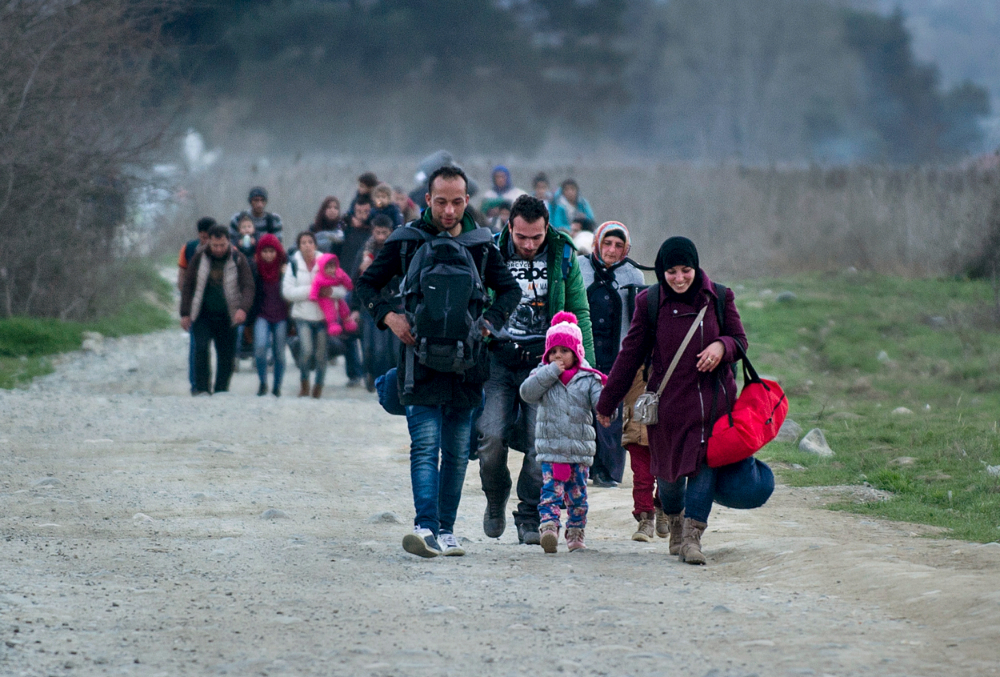
I remember meeting Fareed in Athens back in 2023—a Syrian doctor who’d spent three years bouncing between “safe” countries, each one treating him worse than the last. “They don’t reject you outright,” he told me over bitter coffee. “They just make you wait until you give up.” His eyes carried that thousand-yard stare I’ve come to recognize in people trapped in asylum limbo.
If you or someone you know is contemplating seeking asylum, this isn’t a feel-good travel piece. This is a survival guide. Let’s dive into the countries where asylum seekers face the steepest uphill battles—places where the system itself becomes the persecution.
The Harsh Reality of Global Asylum Systems
Before we name names, let’s acknowledge the uncomfortable truth: asylum systems worldwide are under unprecedented strain. In 2024, the UNHCR reported over 110 million forcibly displaced people globally—a number that would make a decent-sized country on its own. Countries are responding to this surge with varying degrees of compassion and cruelty.
What makes a country “bad” for asylum seekers? It’s a toxic cocktail of:
- Abysmally low acceptance rates
- Deliberately complicated application processes
- Inhumane detention practices
- Hostile social environments
- Physical danger to applicants
The gap between what countries promise on paper and what asylum seekers experience in reality can be breathtaking. Now, let’s get specific.
The Worst Offenders: Countries to Think Twice About
Hungary: Where Asylum Became a Dirty Word
When Viktor Orbán decided to make anti-refugee sentiment the cornerstone of his political brand, Hungary transformed from a country with a functioning asylum system to one of Europe’s most hostile environments. Since building its border fence in 2015, Hungary has:
- Implemented the “zero refugee” policy
- Created “transit zones” that human rights organizations call outdoor prisons
- Recorded recognition rates below 1% in recent years
- Made it criminal to help asylum seekers file applications
“I spent eight months in what was essentially an open-air cage,” Mahmoud, an Iraqi asylum seeker, told me during my research trip through Eastern Europe. “They gave us one meal a day and treated us like criminals. Many of us gave up and went back to danger.”
Greece: The Gateway That Became a Dead End
Greece’s position at Europe’s southeastern frontier has turned it into the EU’s reluctant gatekeeper. The infamous Moria camp on Lesbos—before it burned down in 2020—was often called “the worst refugee camp on Earth.” Its replacement isn’t much better.
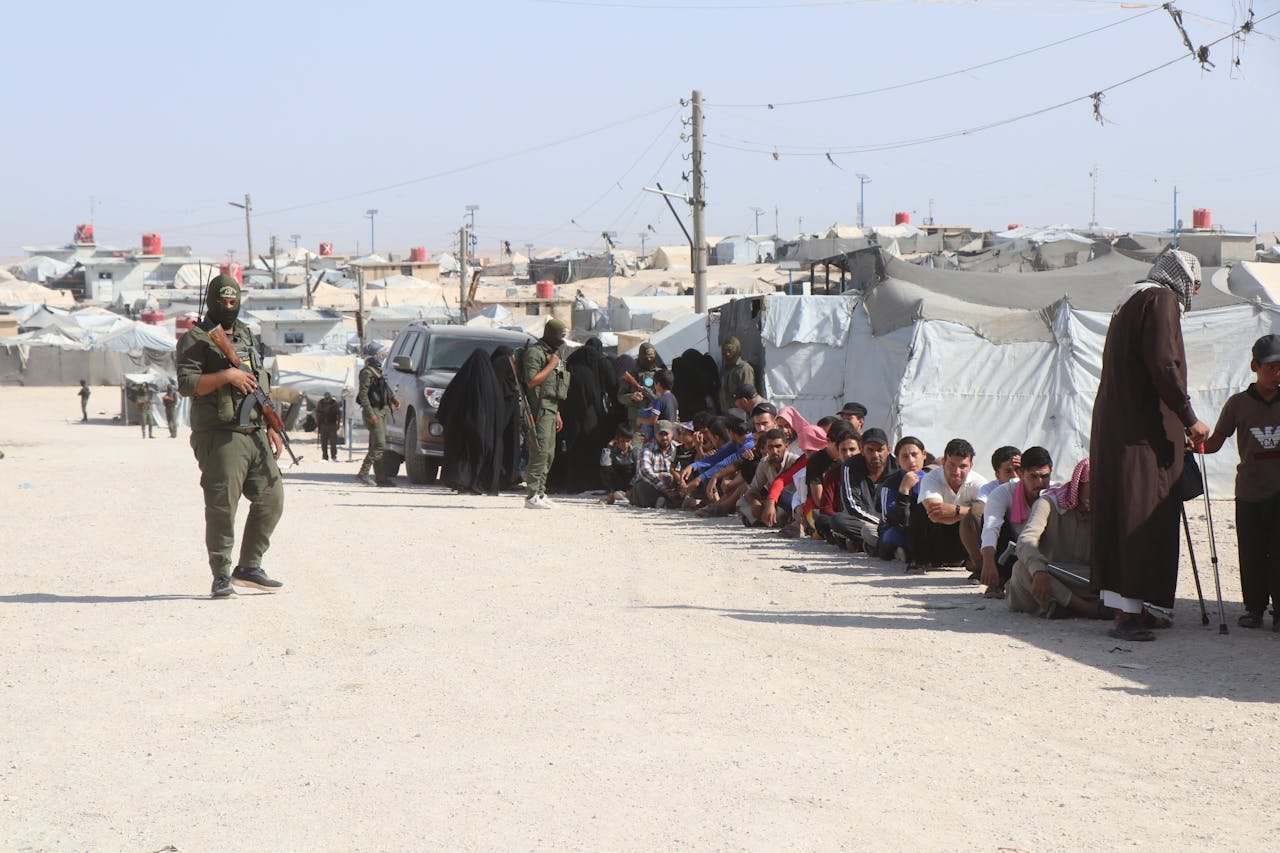
The Greek asylum system features:
- Years-long processing times
- Overcrowded island “hotspots” with deplorable conditions
- “Pushbacks” at sea that violate international law
- Acceptance rates that plummeted after EU-Turkey deals
I’ve walked through these camps. The smell of unwashed bodies and despair hits you first, followed by the realization that children—thousands of them—are growing up here, forgotten by a world that promised protection.
Australia: The Pacific Solution That Created New Problems
Australia pioneered a deterrence model so harsh it’s been copied by right-wing governments worldwide. Their “Pacific Solution” involves:
- Mandatory offshore detention on remote islands
- The infamous “Stop the Boats” policy
- Processing times that stretch into many years
- Profound mental health crises among detainees
I spoke with an Iranian asylum seeker who spent four years on Nauru. “We became symbols, not people,” he said. “Australia needed to make examples of us to scare others away.”
Denmark: The Progressive Façade Crumbles
Denmark’s reputation as a liberal haven has taken a beating with its increasingly restrictive asylum policies. They’ve declared parts of Syria “safe” despite international disagreement and pioneered the concept of “zero asylum seekers” as an explicit goal.
Their innovations in deterrence include:
- Confiscating valuables from refugees upon arrival
- Creating “return centers” designed to be so unpleasant people leave voluntarily
- Revoking residency permits for Syrians
- Planning to outsource asylum processing to Rwanda
When a country that once championed human rights starts competing with the world’s harshest systems, something fundamental has shifted in global asylum politics.
Poland: The Door That Stays Shut
Poland’s handling of the manufactured border crisis with Belarus in 2021-2022 revealed just how far a European country would go to keep asylum seekers out:
- Pushbacks in freezing forests that resulted in deaths
- A state of emergency that banned journalists and aid workers
- Construction of a €350 million border wall
- Acceptance rates in the low single digits
I’ll never forget interviewing a Kurdish family who had been pushed back and forth across the Poland-Belarus border 17 times. The mother showed me her children’s frostbitten fingers while explaining they had been without food for days.
Regional Trends: Where Asylum Systems Are Failing
The Gulf States: Wealth Without Welcome
Despite their enormous wealth and labor needs, Gulf states like Saudi Arabia, UAE, Qatar, and Kuwait have:
- Never signed the 1951 Refugee Convention
- No formal asylum procedures whatsoever
- Systems that treat all unauthorized migrants as economic illegals
- Used deportation as the primary response to asylum requests
A Syrian architect I interviewed in Istanbul had tried working in Qatar before fleeing to Turkey. “In the Gulf, you’re a worker or you’re nothing,” he explained. “There’s no concept of refuge—only economic usefulness.”
East Asian Democracies: Developed Nations, Developing Asylum Systems
Japan and South Korea stand out as democratic nations with robust economies but shockingly unwelcoming asylum systems:
Japan:
- Acceptance rates below 0.5%
- Detention practices criticized by the UN
- A culture of isolation for asylum seekers
- Processing times averaging 3+ years
South Korea:
- Recognition rates typically under 1%
- Limited integration support
- Growing anti-refugee sentiment
- Legal limbo that prevents work or education
“I sometimes wonder if I made a mistake coming here,” a Congolese asylum seeker told me in Tokyo. “The process is designed to break you down until you leave voluntarily.”
Beyond the List: What Makes Asylum Systems Fail
It’s not just about countries—it’s about practices. Watch out for these red flags in any asylum system:
- Detention as default: When seeking protection means immediate imprisonment
- Work prohibition: When you can’t legally support yourself during the often years-long wait
- No legal aid: When complex systems provide no guidance
- Arbitrary deadlines: When you must apply within days of arrival
- Cultural isolation: When governments deliberately prevent integration
Where Are Asylum Seekers Finding Better Reception?
Not all is bleak. While no system is perfect, some countries are making genuine efforts:
- Canada: Despite long processing times, their private sponsorship program is a model
- Portugal: Recent reforms have streamlined procedures
- Uganda: Despite limited resources, maintains an open-door policy
- Colombia: Has welcomed millions of Venezuelans with work permits
FAQ: Hard Truths About Seeking Asylum
Why are asylum acceptance rates dropping worldwide?
The combination of increased application numbers, anti-immigrant sentiment, and political pressure has created a race to the bottom among developed nations. Politicians have discovered that appearing “tough” on asylum brings short-term political benefits, regardless of the human cost.
Does applying for asylum in a “bad” country put you at risk of deportation?
Absolutely. Many countries now use fast-track rejection procedures that can result in deportation within weeks or even days of arrival, sometimes before you’ve had a meaningful chance to present your case.
Are there “good” countries for asylum seekers?
There are better systems, but no perfect ones. Canada, Germany, and Sweden have historically higher acceptance rates, but conditions change rapidly based on political winds and capacity limits.
What happens if your asylum claim is rejected?
H5: This varies dramatically by country. Some provide appeal rights and temporary status during appeals. Others move straight to detention and deportation. The worst systems make rejection so likely that they function as deterrents.
Can you apply for asylum in multiple countries?
In theory, asylum should be sought in the first safe country. In practice, systems like Europe’s Dublin Regulation try to enforce this, often sending asylum seekers back to their point of entry into Europe.
How long does the asylum process typically take?
H5: This ranges from weeks (in fast-track rejection systems) to many years. I’ve met asylum seekers who spent over seven years waiting for a final decision, unable to build any stable life during that time.
Are children treated differently in the asylum process?
Children should receive special protections under international law, but the reality is deeply inconsistent. Some countries detain children routinely, while others provide guardianship and education.
Can economic hardship qualify you for asylum?
Generally no. Asylum is specifically for those fleeing persecution based on protected characteristics like race, religion, nationality, political opinion, or membership in a particular social group. Economic migrants use different pathways.
Is it better to use smugglers to reach safer countries?
This is an impossible question with no good answer. Smuggling networks involve tremendous risks including death, trafficking, and exploitation. Yet restrictive policies have made legal pathways vanishingly rare for many.
Can asylum seekers choose where they apply?
Legally speaking, asylum should be sought in the first safe country. Practically speaking, asylum seekers often have compelling reasons to seek protection in specific countries, including family connections or language abilities.
Resources for Asylum Seekers
If you’re navigating these treacherous waters, these organizations provide critical support:
- UNHCR – The UN Refugee Agency – Official information and some direct assistance programs
- International Rescue Committee – IRC Help – Operates in 40+ countries providing direct aid
- Asylum Access – Asylum Access – Legal empowerment organization operating in key transit countries
- European Council on Refugees and Exiles – ECRE – Network of 106 NGOs across Europe
- Refugee Legal Aid Information – Rights in Exile – Country-specific legal information
- Refugee Rights Europe – RRE – Research and advocacy focusing on Europe
- RAICES – Refugee and Immigrant Center for Education and Legal Services – Focus on US asylum system
- Asylum Seeker Resource Centre – ASRC – Australia’s largest organization supporting asylum seekers
- Human Rights Watch Refugee Rights Program – HRW – Monitoring and reporting worldwide
- Mixed Migration Centre – MMC – Research and data on global migration patterns
The Ethical Traveler’s Take: What Can We Do?
As travelers and global citizens, we have unique opportunities to engage with the asylum crisis:
- Volunteer with local welcome initiatives when you travel
- Support refugee-led businesses in your community and while traveling
- Challenge misinformation about asylum seekers
- Vote for humane policies in your home country
- Donate to frontline organizations providing direct aid
I’ve seen firsthand how individual actions can counterbalance governmental hostility. In Greece, I witnessed local fishermen rescuing boats despite official policies of deterrence. In Hungary, underground networks of ordinary citizens provide food and shelter despite laws criminalizing such help.
Making Informed Decisions in a Broken System
If you’re considering seeking asylum, I won’t sugarcoat it: the global system is broken. Countries that once led on refugee protection now compete to be the most unwelcoming. The journey is perilous, and the welcome increasingly cold.
But people will always flee persecution—it’s a fundamental human instinct to seek safety. My hope in writing this isn’t to discourage those who truly need protection, but to help them navigate a system designed to confuse and deter.
Knowledge is power in the asylum process. Understanding which countries to avoid—or at least to approach with realistic expectations—might be the difference between finding true refuge and becoming trapped in a system designed to fail you.aging with legal aid organizations to challenge rights violations, and in some cases, continuing onward movement despite the risks this entails.
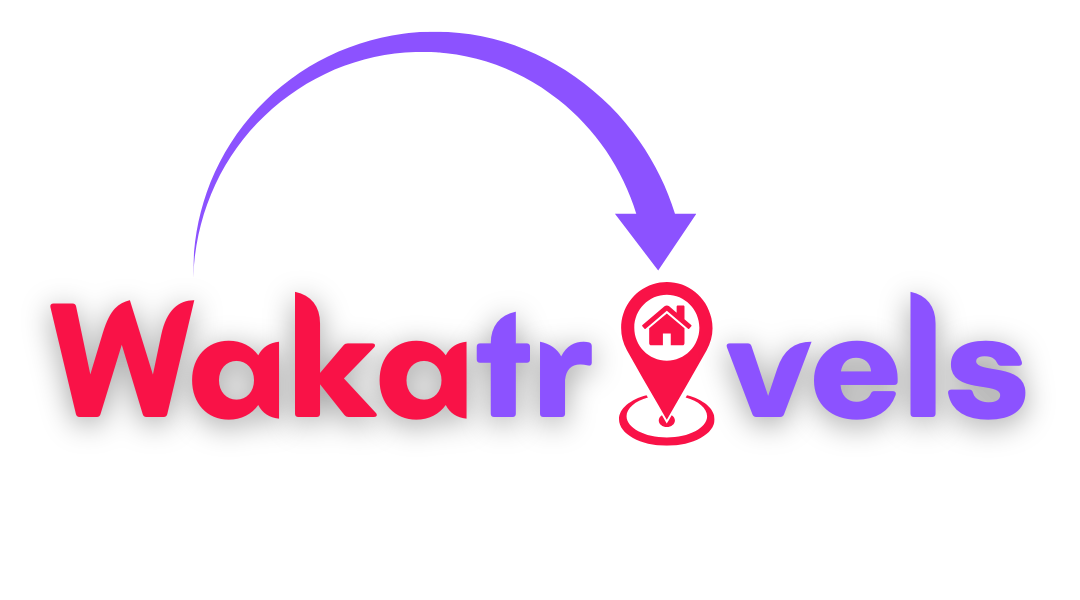
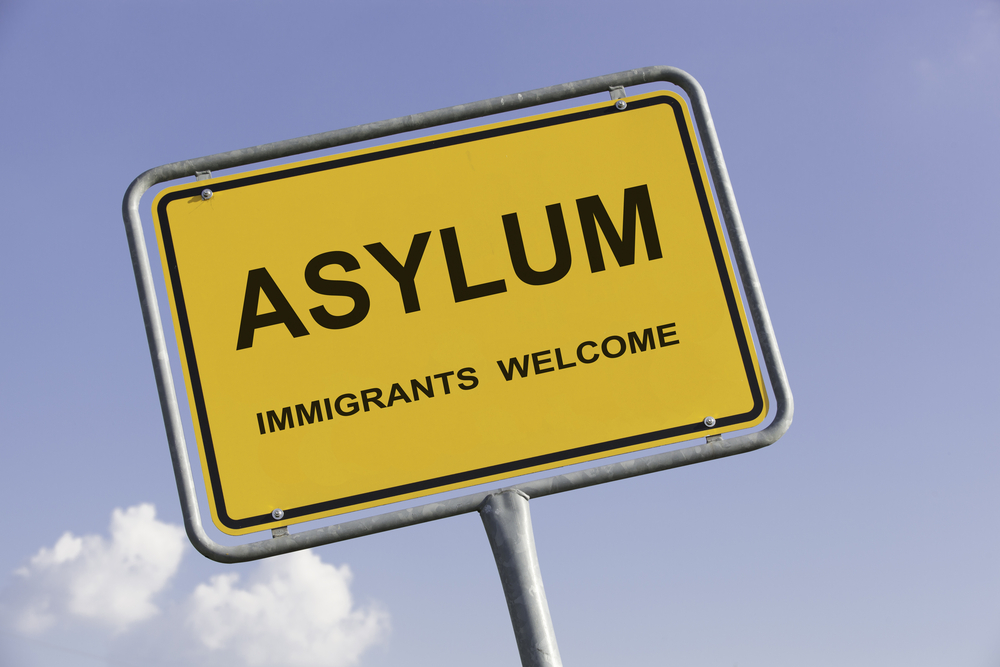
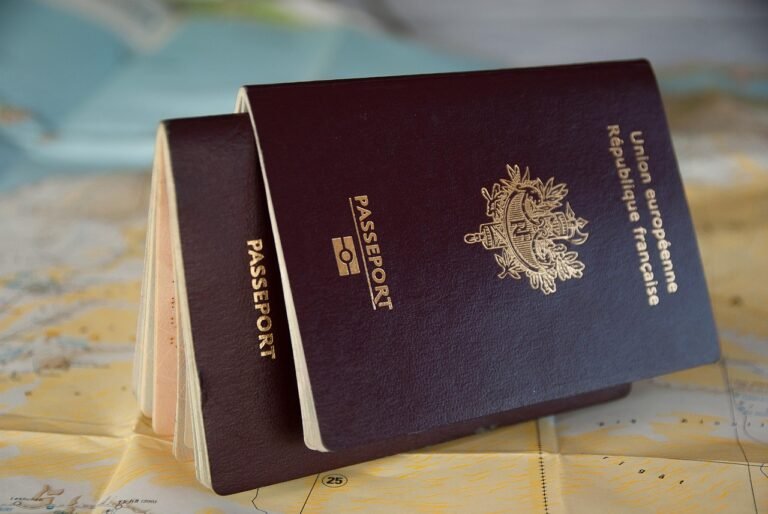
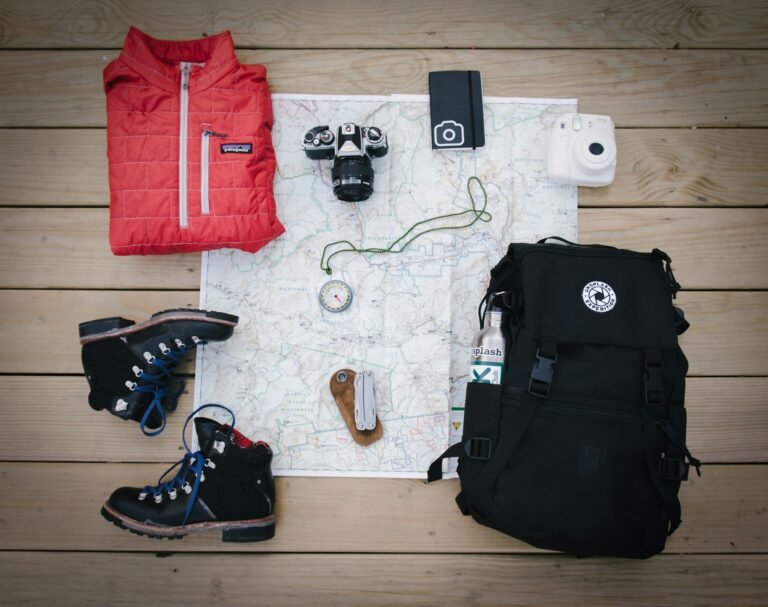
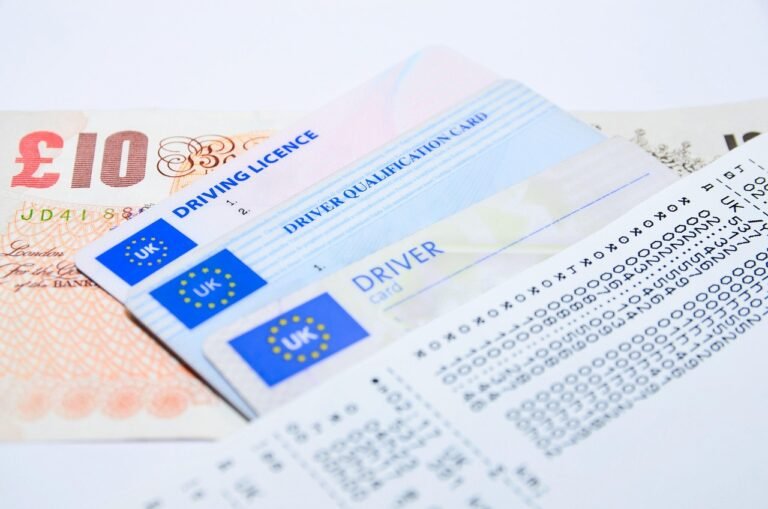
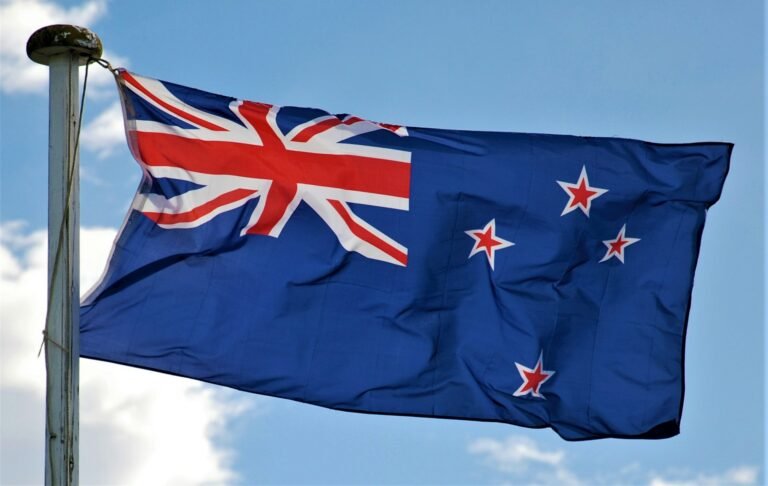
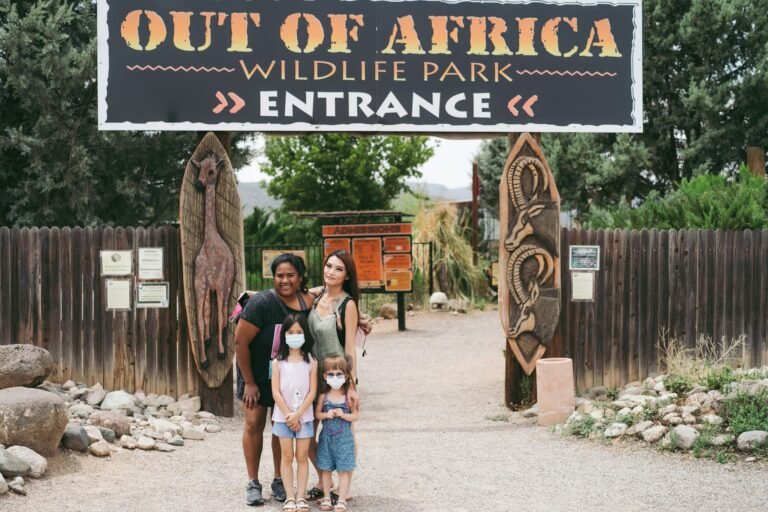
After examine a number of of the blog posts in your web site now, and I really like your means of blogging. I bookmarked it to my bookmark web site list and might be checking back soon. Pls take a look at my website as effectively and let me know what you think.
Real good visual appeal on this internet site, I’d rate it 10 10.
I was studying some of your posts on this site and I conceive this website is real informative ! Keep on putting up.